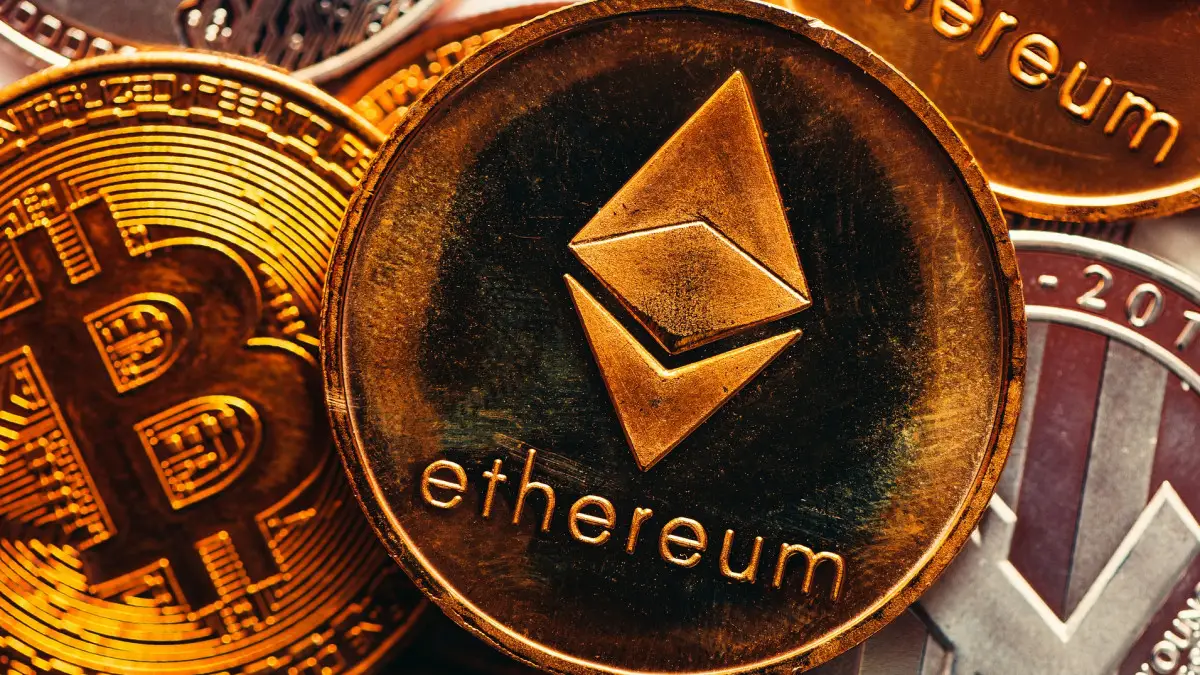Ethereum’s inflation rate has surged to 0.74%, raising concerns about its long-held “ultrasound money” narrative, according to Binance’s October 2024 Monthly Market Insights report.
The research report indicated that the Ether (ETH) issuance rate is at its highest level in two years, as reduced on-chain activity and lower burn rates shift the asset’s economic status.
The findings highlight a growing issue for the asset, which Vitalik Buterin co-founded. They cast doubt on a long-held assumption that ETH can maintain its deflationary nature.
The rise of layer-2 solutions like Arbitrum and Optimism has substantially impacted the on-chain activity of the Ethereum layer-1 blockchain.
These L2 networks process transactions off the Ethereum mainnet, lowering gas fees and, in turn, reducing the amount of ETH being burned through transaction fees.
Ethereum Improvement Proposal (EIP) 1559, introduced in 2021, burns a portion of transaction fees, but the reduced number of mainnet transactions has led to a decline in the volume of burned ETH.
Speaking with Cointelegraph, a Binance spokesperson explained that the Dencun upgrade “led to the increased adoption of lower-fee” L2 solutions and a slow ETH supply burn rate. They added:
“However, it’s worth noting that Ethereum’s inflation is still below 1%, and this should not be seen as a negative outcome […] Its inflationary pressures typically increase during periods of lower network activity but […] can revert to a deflationary state when activity rises.”
The “ultrasound money” narrative, which positioned ETH as a deflationary currency, is questioned in the Binance report:
“As L2s cannibalized network activity throughout the year – further impacted by broader market conditions – transaction fees and, consequently, burned fees on Ethereum declined, with September recording one of the lowest levels since the Merge.”
With ETH issuance now outpacing burns, the net increase in total supply has moved Ethereum further from its deflationary goal.
On Oct. 3, Buterin joined a community discussion on X and expressed his support for reducing the minimum ETH deposit required for solo stakers.
Currently, the requirement of locking up 32 ETH can deter wider participation on the network, but the ETH co-founder is supportive of dropping this number to 16 to 25 ETH to run a node.




